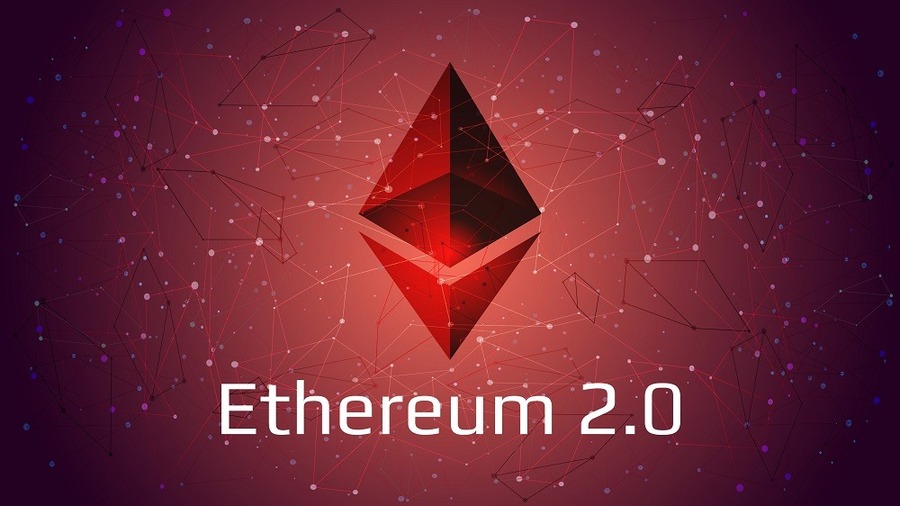Ethereum 2.0 and its Features

Ethereum, the second-largest cryptocurrency in terms of market capitalization after Bitcoin, has undergone significant changes since its launch in 2015. Ethereum 2.0 is the latest upgrade, which aims to address some of the most pressing issues faced the platform, such as scalability, security, and energy efficiency. In this article, we will delve into the various features of Ethereum 2.0 and how they are expected to improve the platform’s performance.
Introduction to Ethereum 2.0
Ethereum 2.0, also known as ETH2 or Serenity, is a major upgrade to the existing Ethereum blockchain. The upgrade is being implemented in phases, with the first phase, known as the Beacon Chain, going live in December 2020. The upgrade aims to address the issues of scalability, security, and energy efficiency, which have been limiting the growth of the Ethereum network.
The Beacon Chain
The Beacon Chain is the first phase of the Ethereum 2.0 upgrade, which went live on December 1, 2020. It is a proof-of-stake (PoS) blockchain that will act as the backbone of the Ethereum 2.0 network. The PoS consensus mechanism is more energy-efficient than the existing proof-of-work (PoW) mechanism, which is used in the current Ethereum blockchain.
Sharding
One of the key features of Ethereum 2.0 is sharding. Sharding is a scaling solution that will enable the Ethereum network to process more transactions per second (TPS). Currently, the Ethereum network can process around 15 transactions per second, which is a major bottleneck for the platform. Sharding will enable the network to be divided into smaller partitions or shards, each capable of processing a set number of transactions per second. This will increase the overall TPS of the network, making it more scalable.
Proof-of-Stake Consensus Mechanism
Ethereum 2.0 will use a PoS consensus mechanism, which is more energy-efficient than the PoW mechanism used in the existing Ethereum blockchain. In PoS, validators are required to lock up a certain amount of Ether as collateral to validate transactions and create new blocks. Validators are incentivized to act in the best interest of the network, as they can lose their collateral if they act maliciously. This mechanism is expected to reduce the energy consumption of the network and make it more environmentally friendly.
Ethereum Improvement Proposal (EIP) 1559
EIP-1559 is a proposed upgrade to the Ethereum network, which is expected to be implemented in the London hard fork. EIP-1559 will introduce a new fee structure for transactions on the Ethereum network. Currently, users have to bid for transaction fees, which can result in high fees during periods of high network congestion. EIP-1559 will introduce a base fee, which will be burned after each transaction, and a tip, which will be paid to miners. This mechanism is expected to make transaction fees more predictable and reduce network congestion.
Smart Contract Improvement
Ethereum 2.0 is expected to introduce several improvements to the smart contract functionality of the platform. One of the key improvements is the introduction of statelessness. Currently, smart contracts on the Ethereum network require the entire state of the network to be processed, which can be a time-consuming and resource-intensive process. With statelessness, smart contracts will be able to process only the information that they require, making them more efficient.
Conclusion
Ethereum 2.0 is a major upgrade to the Ethereum network, which aims to address some of the most pressing issues faced the platform, such as scalability, security, and energy efficiency. The upgrade is being implemented in phases. The Beacon Chain, sharding, PoS consensus mechanism, EIP-1559, and smart contract improvements are some of the key features of Ethereum 2.0. These features are expected to make the Ethereum network more scalable, secure, and energy-efficient. With these improvements, the Ethereum network is expected to attract more users and developers, enabling it to reach its full potential as a decentralized platform for building decentralized applications (dApps). As the Ethereum 2.0 upgrade continues to be rolled out, it will be interesting to see how it affects the wider blockchain ecosystem and the future of decentralized technologies.
I’m a leading crypto author with over 10 years experience in the industry. I have been featured in numerous publications and am a regular speaker at major crypto events. I’m also the founder of Crypto Academy, which is dedicated to providing education on all things crypto.
